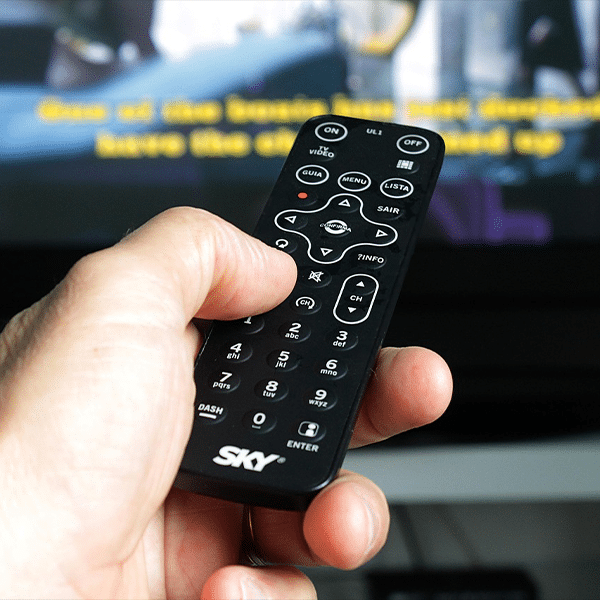 Roku and Apple TV dominate the market for streaming media players, but Google could disrupt the market with the introduction of its Android TV platform, according to IHS Technology. The global installed base of streaming media players is growing fast, with IHS forecasting it will reach 50 million units by year-end.
Roku and Apple TV dominate the market for streaming media players, but Google could disrupt the market with the introduction of its Android TV platform, according to IHS Technology. The global installed base of streaming media players is growing fast, with IHS forecasting it will reach 50 million units by year-end.
The U.S. is the single largest market for streaming media players. IHS expects the U.S. installed base of streaming media players will total 24 million in 2014, up from 16 million in 2013 and 10 million in 2012.
Looking further ahead, IHS forecasts that number will grow to 44 million by 2017. Adding in forecasts of 169 million Blu-ray Disc players, game consoles and smart TVs, the U.S. installed base of connected TV devices will total some 213 million units in 2017, IHS predicts.
“Given the ongoing shift among consumers toward streaming media consumption, the market for standalone streaming media players is continuing to heat up,” Paul Erickson, senior analyst for the connected home at IHS, was quoted in a news release.
“Today Roku and Apple TV continue to dominate the U.S. installed base for streaming media players, with a combined 94 percent share in 2013, and Amazon’s Fire TV is a significant recent entrant. However, the arrival of Android TV is expected to significantly affect the competitive dynamics of this market over the long run.”
Android TV Platform
Android TV adds refinement, functionality, ecosystem and enhanced user experience to Google’s prior streaming media player offerings, which typically came from low-priced competitors, IHS says.
Among the enhancements are “a new user experience purposely designed for TV, content access from Google Play, as well as third-party apps, Google-powered content search and discovery with voice recognition, integration with the Android mobile device ecosystem and built-in Chromecast functionality that enables media casting and screen-mirroring from multiple device platforms.”
Apple TV continues to lead the market, “backed by a strong content ecosystem and a near-captive iOS customer base that grows with each record-breaking iPhone release,” IHS notes. Though disruptive, Android TV isn’t likely to upset Apple’s streaming media player cart, they say.
Android TV poses a greater threat to Roku and Amazon Fire TV, according to IHS’ analysis. Roku doesn’t have direct ecosystem integration, while Amazon Fire TV limits content search-and-discovery results sourced solely from Amazon content. Amazon Fire TV also limits content mirroring and casting functionality to its own tablets, IHS Technology analysts point out.
Standalone streaming media players that choose Android TV could see long-run benefits, they add. “Although standalone media player products utilizing Android TV do not have the brand recognition, established brand equity, or level of retail distribution that products from companies like Apple, Amazon, and Roku possess, over time these standalone players are expected to create competitive pricing and positioning concerns by delivering previously absent levels of polish, capability, ecosystem integration, and content access to consumers at lower price points,” Erickson said.


